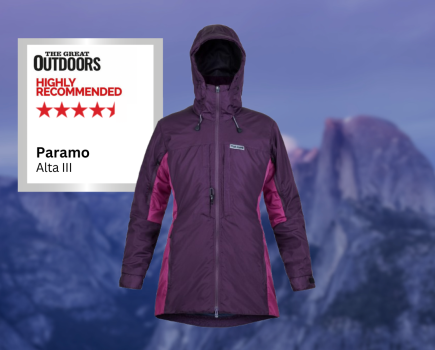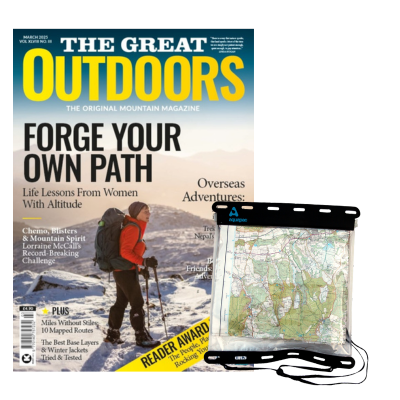Opinions will almost certainly rage indefinitely as to the pros and cons of barefoot footwear, but Vivobarefoot are indubitably the market leaders in catering to those who enjoy the feedback and sensitivity offered by hiking boots and shoes of this ilk. There’s a process of getting used to barefoot style footwear, but I’ve been enjoying the experience for a number of years now, switching between barefoot and ‘normal’ footwear depending on my mood and preferences on any given walk. One thing I’ve found in that time is that, due to their inherently thin soles, the boots can often be a bit on the chilly side for cold weather wear. This is where the Vivobarefoot Tracker Winter SG steps in with a more rugged winterised build, that aims to be both more weatherproof and warmer.
Lara Dunn Recommends
For colder season use, these are a great addition to a barefoot hiker’s kit cupboard- Sensitivity to trail
- Lightweight
- flexibility
- Not the warmest
| Quick specs | |
|---|---|
| Price: £210 Weight: 870g (for size UK6) Pros: Sensitivity to trail, light weight, flexibility Cons: Not the warmest Materials: Wild hide leather, 50% wool/50% polyester lining, polymer/silica mix outsole, unspecified waterproof membrane Features: Low-profile, flexible barefoot-style fit, waterproof treatment to leather uppers and waterproof membrane in boot, removable/replaceable thermal insole Sizes: UK2.5-UK9 (EU35-43) – half sizes only at UK2.5 and UK8.5 Women’s/Men’s Version – women’s (men’s direct equivalent available) www.vivobarefoot.com |
In wear, the winter incarnation of Vivobarefoot’s popular Tracker boot feels stiffer and less flexible than its warmer season counterparts, yet still feels less bulky and stiff than a ‘normal’ hiking boot, with much more feedback from the features of the trail surface. The SG ‘soft ground’ outsole combined with the wider sole profile of the barefoot design give good traction in the mud, and while weather conditions meant there was no snow to try them on, experience with other Trackers mean I’d be confident taking these on well-marked snowy trails but they’re still most definitely not technical winter footwear with no capacity for crampons.
The thermal insole and slightly thicker than usual outsole do give more insulation than other Trackers, but these still require a fairly thick pair of socks and a fast pace to stop warmth seeping out of the foot. The waterproofing functions well too. Stability-wise, they’re not quite as reassuring for carrying heavy loads as more traditional boots, but with good leg strength and confidence, they’re well up to carrying a decent amount for a good day out and I have had no problems.
Ankles are comfortably supported, but not constrained, and the ability to adjust to the terrain is excellent. For colder season use, these are a great addition to a barefoot hiker’s kit cupboard







